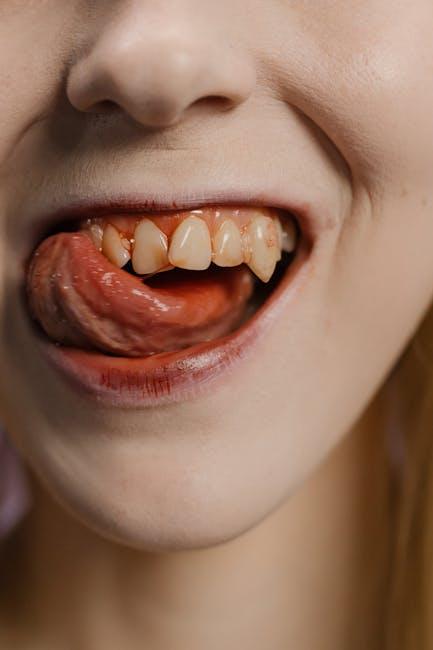
Does Medicaid Cover Dental? Orthodontics, Common Procedures & State Coverage
If you’re wondering does Medicaid cover dental services and orthodontics, you’re not alone. Accessing affordable dental care can be challenging without proper insurance, and Medicaid offers vital support for many low-income Americans. However, Medicaid dental coverage varies widely depending on your state, age, and the type of procedure needed. In this comprehensive guide, we’ll explore Medicaid dental benefits, how orthodontic services are handled, common dental procedures covered, and provide a state-by-state overview of dental coverage to help you navigate your options with confidence.
Understanding Medicaid Dental Coverage
Medicaid is a federal and state program providing health coverage for eligible low-income individuals and families. While medical services are generally covered, dental benefits have specific limitations and are optional under Medicaid’s guidelines. This means:
- Dental coverage is mandatory for children under the Early and Periodic Screening, Diagnostic, and Treatment (EPSDT) benefit.
- For adults, dental coverage is optional and determined by individual states.
This distinction is crucial because it affects who can access which dental benefits and to what extent.
Does Medicaid Cover Orthodontics?
One of the most common questions is whether Medicaid covers orthodontic treatments like braces. The answer is both simple and complex:
- Children: Many states include orthodontic coverage for children if treatment is medically necessary (e.g., severe malocclusion or congenital anomalies such as cleft palate).
- Adults: Orthodontic coverage for adults is rarely covered through Medicaid, except in extreme medical cases.
It’s important to check your state’s Medicaid dental plan details. Some states offer limited orthodontic coverage under Medicaid programs or through Medicaid Managed Care plans.
Medically Necessary vs. Cosmetic Orthodontics
Medicaid generally covers orthodontic procedures only when deemed medically necessary. Cosmetic orthodontics, such as braces to improve appearance without a health condition, are usually excluded.
Common Dental Procedures Covered by Medicaid
While services vary, here are typical dental procedures that Medicaid often covers, especially for children:
- Routine dental exams and cleanings
- Fillings and sealants
- Tooth extractions
- Root canals
- Dentures and partial dentures
- Oral surgery for medically necessary conditions
- X-rays and diagnostics
Adults in states with dental coverage may receive some of the above, but very rarely complex restorative or cosmetic treatments.
State-by-State Medicaid Dental Coverage Overview
Since Medicaid programs are jointly funded and operated with states, coverage differs dramatically from one state to another. Here’s a simplified snapshot of Medicaid dental coverage for adults and children across selected states:
| State | Children’s Dental Coverage | Adult Dental Coverage | Orthodontics Coverage |
|---|---|---|---|
| California | Comprehensive (Mandatory) | Limited (Emergency & Some Procedures) | For children with medical necessity |
| Texas | Comprehensive | No routine adult coverage | Very limited, medically necessary only |
| New York | Comprehensive | Extensive coverage including preventive care | Yes, mainly for children |
| Florida | Comprehensive | Very limited, emergency only | Rare coverage, medically necessary cases |
| Ohio | Comprehensive | Basic dental benefits including cleanings | Yes, for qualifying children |
Note: This table is a general guide — always verify with your state Medicaid office or healthcare provider.
Benefits of Medicaid Dental Coverage
Having Medicaid dental benefits, especially for children, can:
- Improve oral health outcomes and prevent serious dental diseases
- Reduce costly emergency dental visits
- Support overall well-being by alleviating dental pain or infections
- Provide access to orthodontics for medically necessary cases
Practical Tips for Maximizing Medicaid Dental Benefits
- Confirm your current Medicaid dental benefits before making appointments. Some procedures might require pre-authorization.
- Find dentists who accept Medicaid. Not all dental providers accept Medicaid, so use your state Medicaid website or call local dental offices.
- Keep documentation handy. For orthodontic cases, having a dentist’s letter explaining medical necessity helps.
- Schedule regular preventive visits. This keeps your oral health on track and prevents major issues.
- Explore Medicaid Managed Care plans. Some plans offer enhanced dental benefits beyond standard Medicaid coverage.
First-Hand Experience: Navigating Medicaid Dental Coverage
Jane M., a Medicaid beneficiary in Ohio, shares her experience: “When my son needed braces due to severe crowding, I was worried Medicaid wouldn’t cover it. After consulting our Medicaid dental provider and getting a referral, the process went smoothly because we had medical documentation. The orthodontic treatment was almost entirely covered, which was a huge relief.”
Conclusion
So, does Medicaid cover dental? Yes — but with important caveats. Medicaid mandates dental coverage for children, including many routine and medically necessary procedures like orthodontics in qualifying cases. Adult dental coverage is optional and varies significantly by state, often limited to emergency or basic services. If you want to maximize your Medicaid dental benefits, check your state’s offerings, stay informed about orthodontic eligibility, and maintain regular dental care. With the right knowledge, Medicaid can be a powerful tool to help you and your family maintain healthy smiles.
For the latest updates on Medicaid dental benefits and personalized assistance, visit Healthinsurance.org.


